1. The Octopus That Took a Walk

Octopuses, the ultimate escape artists, have a long history of baffling researchers, but one incident at the New England Aquarium was particularly telling. Fish were mysteriously disappearing from a neighboring tank with no visible predator. Researchers eventually discovered that an octopus was climbing out of its own unsecured tank, slithering across the floor, finding its way into the adjacent tank for a midnight snack, and then retreating back to its own tank before morning. This Houdini-like maneuver, which requires both sophisticated problem-solving and an accurate memory of the environment, was only solved when a scientist caught the eight-armed mollusk in the act on camera, confirming the seemingly impossible jailbreak.
2. The Pig Who Played Video Games

In a series of experiments designed to test their cognitive abilities, pigs proved they are far from simple farm animals by successfully using a joystick to manipulate a cursor on a screen. Researchers required the pigs to move the cursor to hit specific target walls. Not only did the pigs understand the concept of the joystick controlling the screen movements, but they were also shown to perform the task more accurately than random chance would allow. The tests demonstrated a complex link between their own movements and an external object’s behavior, highlighting their capacity for abstract thought and problem-solving at a level previously only attributed to primates.
3. The Crow Who Mastered the Multi-Step Puzzle
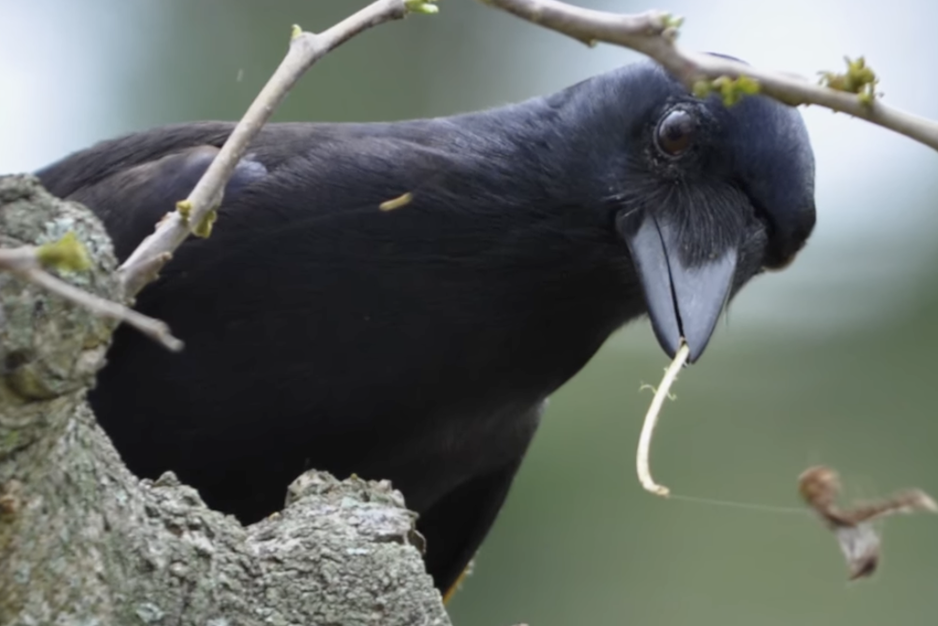
New Caledonian Crows are renowned for their tool-making, but one individual named ‘Betty’ took it a step further when presented with a vexing puzzle. She needed a hook to retrieve a bucket of food, but only a straight wire was available. Instead of giving up, Betty was filmed bending the straight wire into a functional hook by leveraging it against the edge of a plastic clipboard, a behavior previously thought to be exclusive to humans. This spontaneous innovation demonstrated not just tool use, but the ability to create a new tool to solve a problem, showing a clear, goal-directed foresight.
4. The Gorilla Who Understood Deception
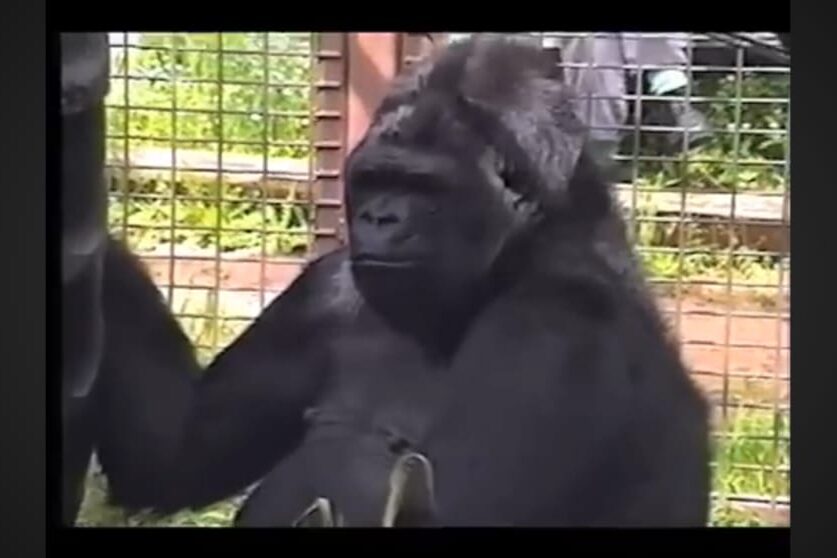
A gorilla named Koko, famous for her mastery of American Sign Language (ASL), once demonstrated a surprisingly human-like capacity for deception when a researcher asked about a damaged sink. Koko signed “cat did it,” attempting to blame her pet kitten, All Ball, for the damage she was later revealed to have caused. Koko’s use of ASL to construct a plausible, yet false, explanation, and to shift responsibility, shows a sophisticated understanding of how language can be used for manipulation and lying, indicating a theory of mind and self-awareness beyond what was expected.
5. The Elephant That Coordinated a Task
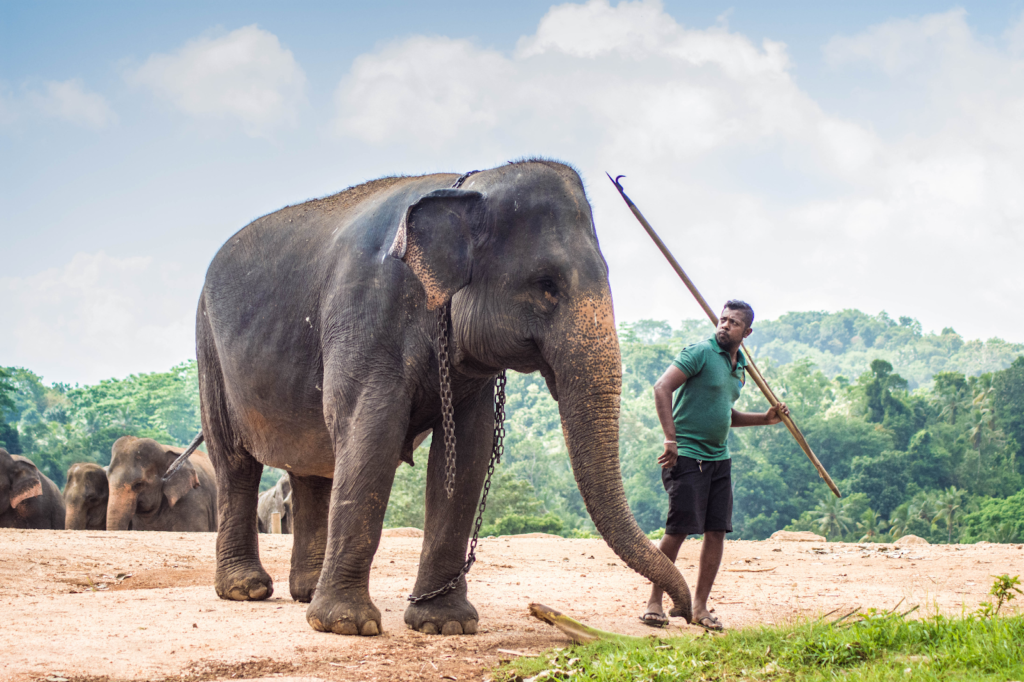
In a study on cooperation, two elephants were required to pull two ends of a single rope simultaneously to retrieve a food platform that was out of reach. If one elephant pulled the rope alone, it slipped away. The elephants quickly learned to coordinate their actions, but one particularly clever elephant realized that when her partner was delayed, she could simply step on her end of the rope and wait patiently until her partner arrived to pull their end. This demonstrated a nuanced understanding of the need for cooperation and the foresight to secure the rope against a temporary lapse in teamwork, a truly ingenious shortcut.That’s the spirit! It’s amazing what these clever creatures get up to when the camera is rolling.
6. The Chimpanzee Who Won the Memory Game

In highly publicized studies conducted by Japanese researchers, a young chimpanzee named Ayumu repeatedly outperformed human adult students in a numerical memory test. The subjects were shown a touch-screen with numbers one through nine appearing randomly for a fraction of a second, which then turned into white squares. The goal was to touch the squares in ascending order of the hidden numbers. Ayumu, who had been trained for the task, achieved a success rate of about 80% even when the numbers were visible for only 210 milliseconds. This startling demonstration, captured on video, suggests a type of visual, or ‘eidetic’ memory in chimpanzees that is superior to that of the average human adult.
7. The Dolphin Who Wore a Sponge Hat
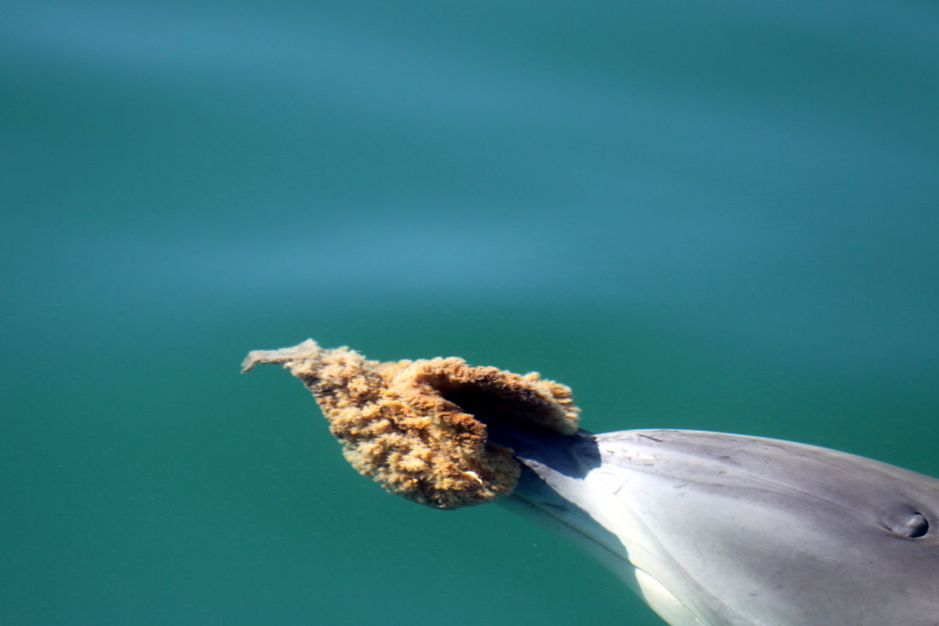
A specific population of bottlenose dolphins in Shark Bay, Australia, practices a learned behavior called ‘sponging’ where they tear off a marine sponge and wear it over their rostrum, or beak, while foraging. This technique, predominantly passed down from mother to daughter, is a brilliant form of tool use. The sponge acts as a protective shield, allowing the dolphins to safely probe the rough, rocky sea floor to flush out and catch small, buried fish. This ingenious method protects their sensitive snout from scrapes and stings, granting them access to a food source that other dolphins in the area cannot safely reach.
8. The Squirrel Who Staged a Fake Burial

Eastern gray squirrels, experts at caching nuts for winter, are frequently observed engaging in ‘deceptive caching’ when they feel observed. Captured on camera in a variety of research settings, a squirrel will elaborately dig a hole, vigorously push a nut into the empty dirt, and then cover it up, all while discreetly holding the actual nut in its mouth or against its chest. This behavior is a tactical deception designed to fool potential pilferers, such as rival squirrels or jays, into believing the nut has been securely hidden, allowing the clever squirrel to quietly hide the real treasure elsewhere later.
9. The Cuttlefish That Used Hypnosis Camouflage

Cuttlefish are the chameleons of the sea, famous for their instant camouflage, but in one experiment, they demonstrated an even more complex form of visual deception. While approaching prey, broadclub cuttlefish were filmed displaying a pattern of stripes that appeared to move downward across their body. When viewed from the perspective of their prey, scientists discovered this movement-based display acts as a form of “motion dazzle.” It overwhelms the prey’s visual system, preventing them from accurately tracking the cuttlefish’s approach and making the predator effectively invisible in the final moments before the attack.
10. The Dog Who Understood ‘Unsolvable’
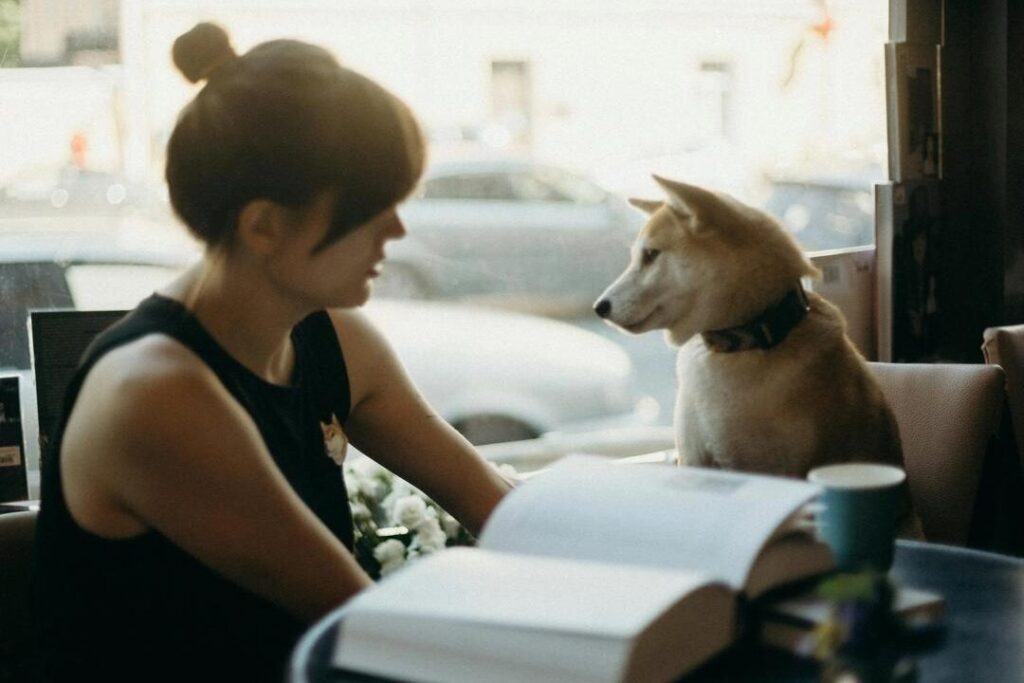
In cognitive tests designed to measure problem-solving and persistence, a dog is typically presented with a food puzzle that is made intentionally difficult or impossible to open. While many dogs will try for a short time before giving up, some particularly smart dogs quickly recognize the unsolvable nature of the puzzle and pivot. Instead of attempting the task again, they make prolonged eye contact with the human researchers, a form of communication known as ‘gaze alternation.’ This is a complex social signal, essentially saying, “I know you have the answer, now help me,” demonstrating a quick shift from physical problem-solving to social problem-solving.
11. The Raven Who Played the Waiting Game
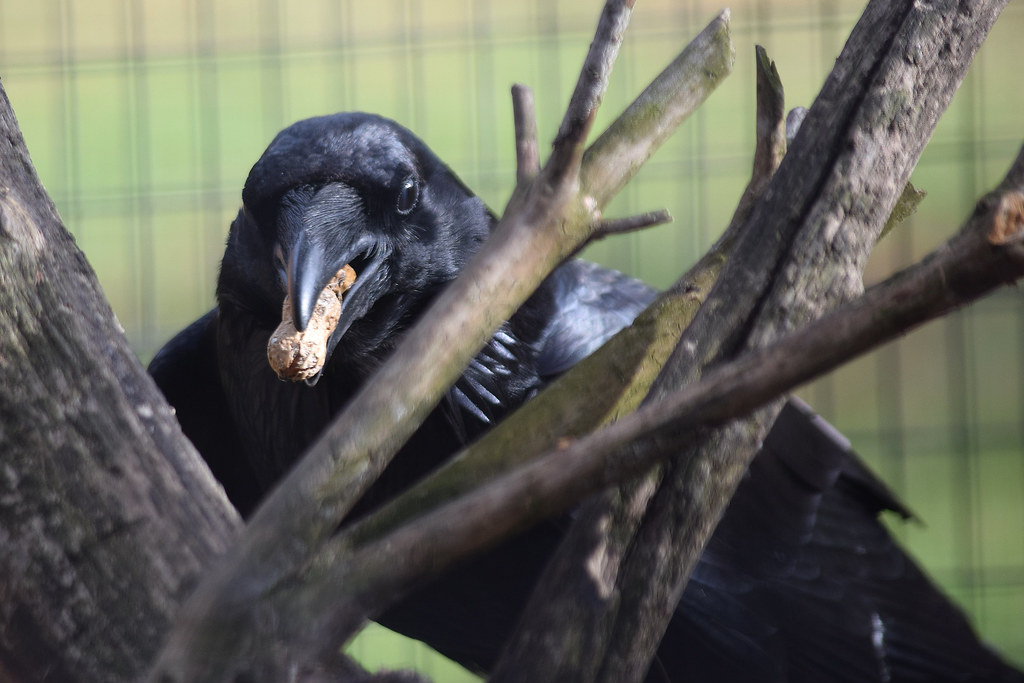
Ravens are known for their intelligence, but a set of experiments proved their capacity for self-control, a high-level cognitive skill. Researchers presented ravens with an immediate, lower-quality food item (like a piece of bread) and offered the opportunity to exchange it for a highly preferred, higher-quality item (like cheese or lard) after a waiting period of up to several minutes. The ravens were filmed successfully abstaining from eating the initial, less desirable food, instead waiting patiently to exchange it for the superior reward. Their willingness to tolerate a delay and prioritize future quality over immediate gratification placed their executive function on par with that of chimpanzees and four-year-old human children.
12. The Honey Badger Who Used Tools to Escape
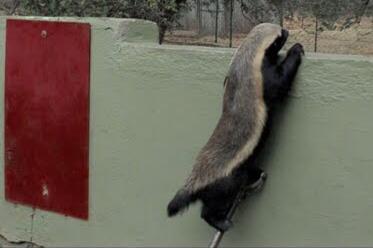
The saga of a honey badger named Stoffel, residing at a South African wildlife center, is perhaps the greatest documented series of animal jailbreaks. Zookeepers repeatedly tried to create an escape-proof enclosure, only for Stoffel to outwit them on camera every time. Footage shows him rolling up mud into a ball to use as a step, piling up stones to create a ladder, and even using a garden rake left near the fence as a climbing aid. On one occasion, he enlisted the help of his female companion to pull a gate latch together, demonstrating both tool use and cooperation to overcome the researchers’ best security measures.
It’s clear from these stunning examples that animal intelligence is not a one-size-fits-all concept. From the deep focus of a chimp’s memory to the strategic planning of a raven, these creatures consistently challenge our understanding of what’s possible in the wild and under laboratory observation. Their ingenuity reminds us that the quest for survival sparks incredible cognitive fireworks across the animal kingdom.
Like this story? Add your thoughts in the comments, thank you.
This story 12 Creatures That Outsmarted Scientists on Camera was first published on Daily FETCH


